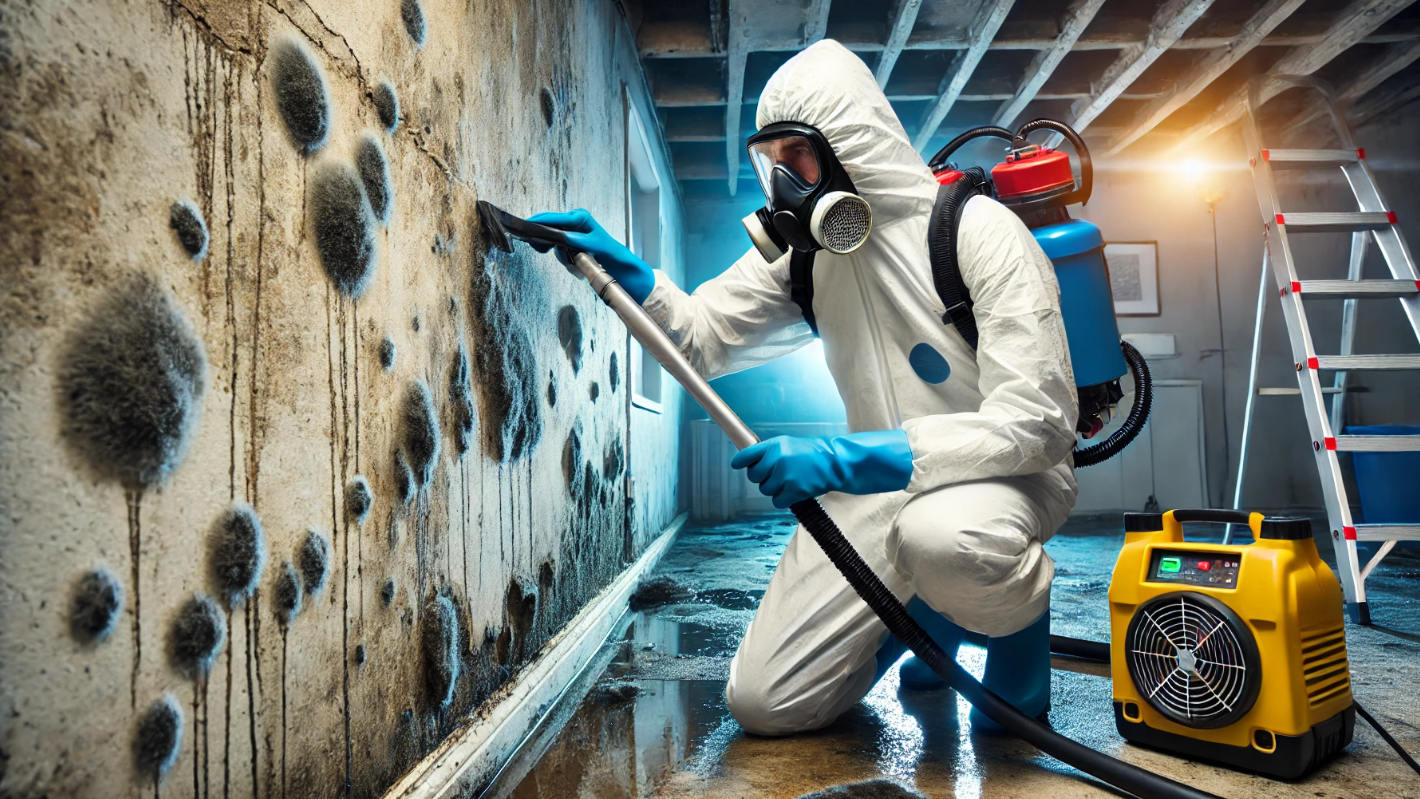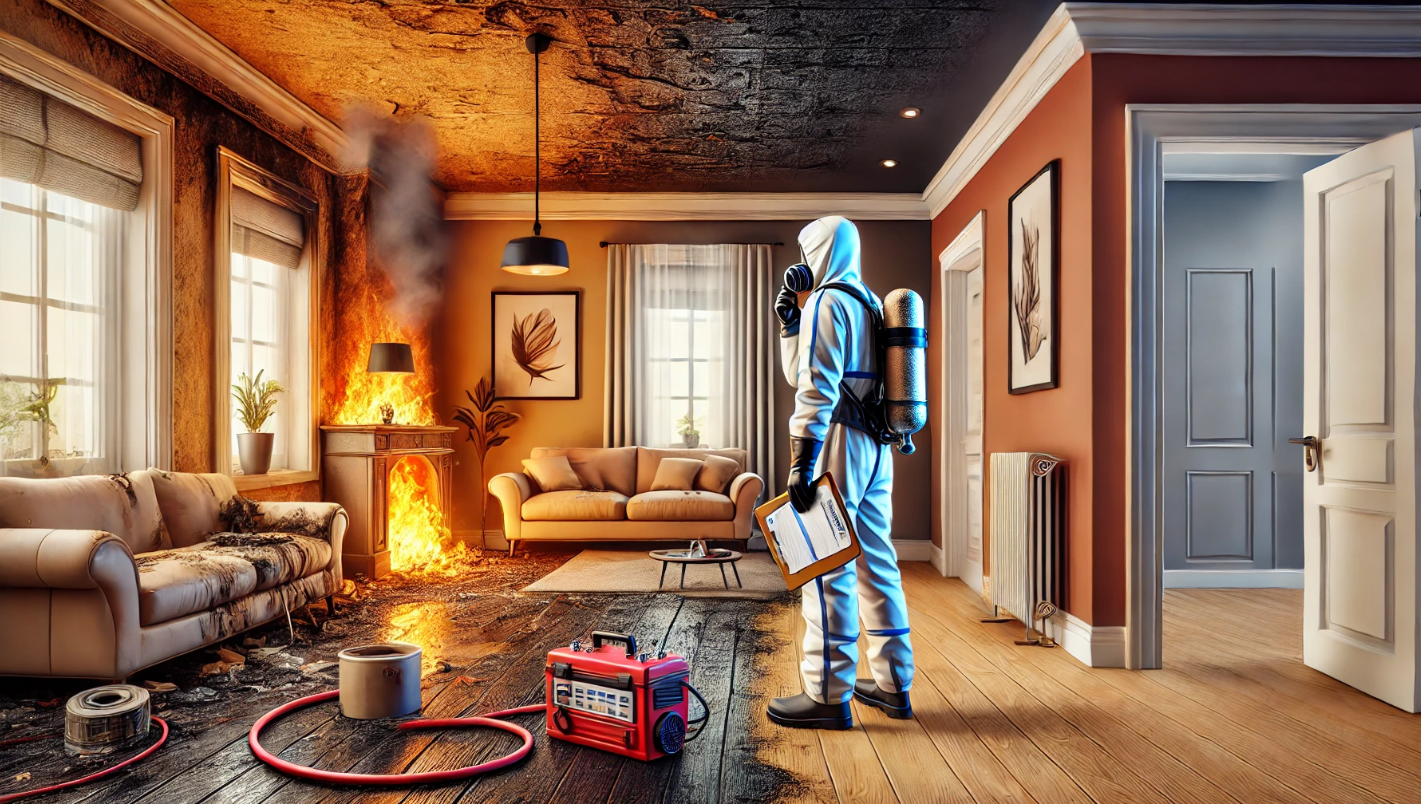 Topic Cluster Planning – Boost Topical Authority Like a Pro!
Topic Cluster Planning – Boost Topical Authority Like a Pro!
The Homeowner’s Guide to Preventing Water Damage in the Bathroom
Written by Mark Brown » Updated on: June 17th, 2025

Bathrooms are one of the most frequently used areas in any home, which also makes them the most vulnerable to moisture-related problems. Whether it's from a long shower, an unnoticed leak, or poor ventilation, moisture can silently wreak havoc on your bathroom. Left unchecked, this can lead to mold, mildew, structural damage, and costly repairs.
Understanding the Risks
Moisture may seem harmless at first glance, but it can penetrate surfaces and create the perfect environment for deterioration. If you’ve ever discovered warped flooring or peeling paint, chances are you’ve had a brush with hidden issues. Plumbing fixtures, humid conditions, and daily use combine to make this space a hotspot for potential complications.
Many homeowners underestimate the importance of routine checks and upgrades. The presence of even minor cracks or leaks around the bathtub or sink can result in significant bathroom water damage if ignored. Caulking around tiles or fixtures can degrade over time, allowing water to seep into the walls or floor undetected.
Common Causes of Damage
Several culprits are often responsible for initiating bathroom water damage. Leaky faucets and worn-out pipe seals are common, especially in older homes. These small drips can lead to bigger issues if they persist unnoticed. Another overlooked factor is poor ventilation, which traps moisture in the air and encourages mold growth.
Toilets are another major source of trouble. A running toilet can waste gallons of water each day, and any leak near the base should raise red flags. Additionally, showers and tubs often contribute to water damage bathroom problems through splashing or through failing grout lines, which allow water to penetrate underneath tiles.
Key Prevention Tips
Prevention starts with vigilance. Homeowners should regularly inspect their bathrooms for signs of wear or damage. Start by checking under sinks and behind the toilet for signs of dampness or leaks. Addressing these issues early can prevent bathroom water damage from spreading and causing more serious problems.
Proper waterproofing is essential. Use quality sealants around bathtubs, sinks, and shower bases. Make sure the floor tiling is properly grouted and sealed, as unsealed grout can absorb moisture over time. Fix any broken or cracked tiles promptly to prevent water from getting into subflooring and leading to deeper structural issues.
Improve Ventilation
Good ventilation is a frontline defense against moisture. Without it, humidity lingers and can lead to mold outbreaks. Install a high-efficiency exhaust fan, and be sure to use it during and after each shower. Leave the bathroom door open when not in use to allow air circulation.
Bathrooms that rely solely on windows for airflow should be supplemented with a fan, especially in colder or rainy seasons. By reducing humidity levels, homeowners can significantly reduce the likelihood of bathroom water damage and related concerns like warped cabinetry or damaged drywall.
Upgrade Fixtures and Materials
Modern materials are designed to resist water infiltration more effectively. Replacing old fixtures with newer, water-efficient models helps limit the chances of unexpected leaks or failures. Additionally, using vinyl or tile flooring with a water-resistant underlayment adds a layer of protection against water damage bathroom from below. When renovating, consider water-resistant wall panels instead of traditional drywall. These options can stand up better to prolonged exposure and offer peace of mind, especially in homes with children or high bathroom traffic. Ensuring your plumbing is up-to-date also lowers the risk of water damage bathroom over time.
Final Thoughts
Maintaining a bathroom involves more than just keeping it clean. It requires a proactive approach to identifying and addressing potential sources of water exposure. By paying attention to the details, performing regular checks, and upgrading where necessary, homeowners can safeguard their property from moisture-related problems for years to come.
Note: IndiBlogHub features both user-submitted and editorial content. We do not verify third-party contributions. Read our Disclaimer and Privacy Policyfor details.
Copyright © 2019-2025 IndiBlogHub.com. All rights reserved. Hosted on DigitalOcean for fast, reliable performance.









